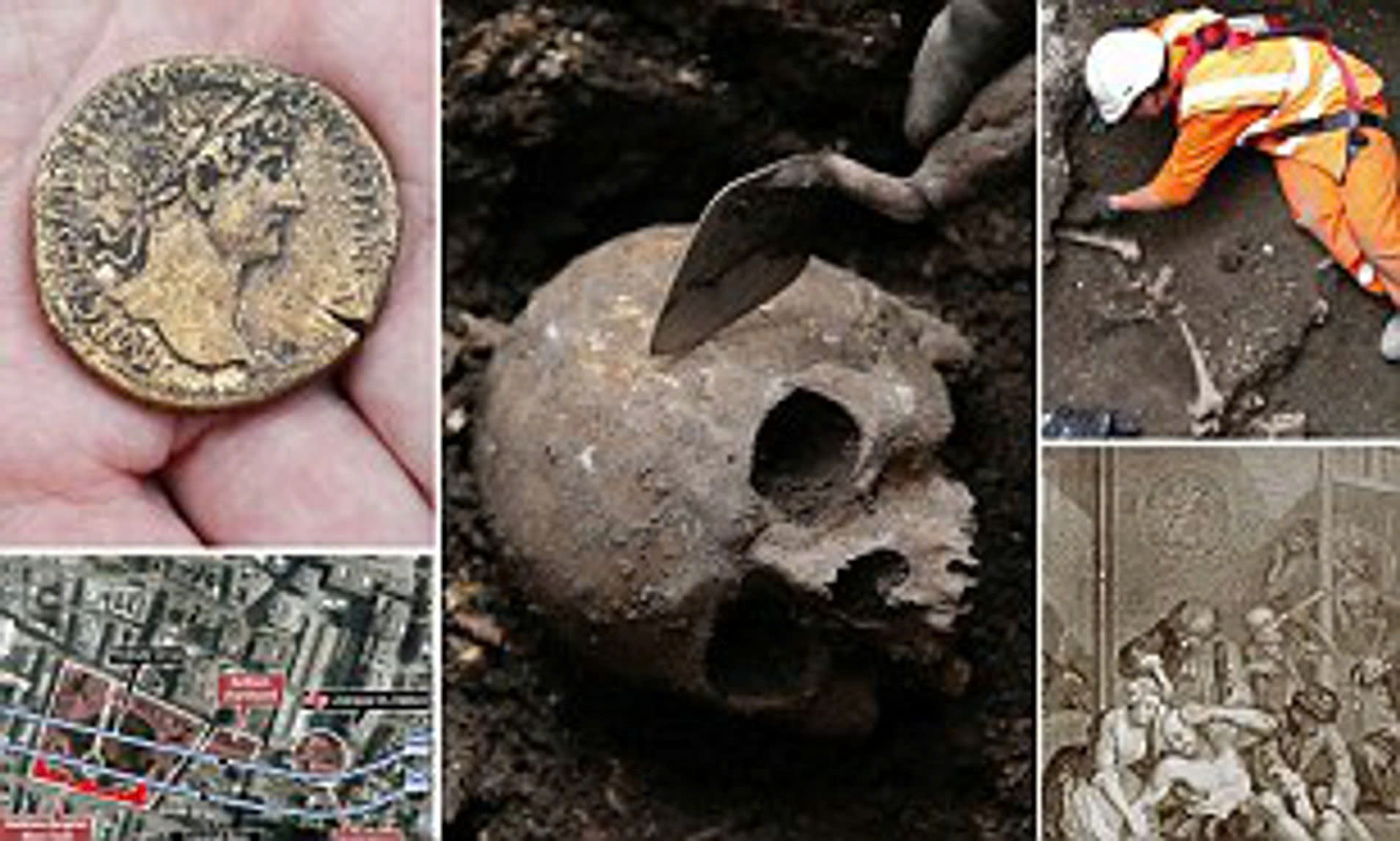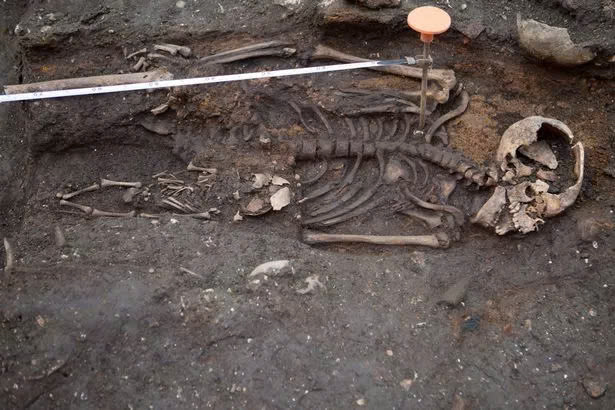Established in 1247, the notorious Bethlem (“Bedlam”) Royal Hospital was the first dedicated psychiatric institution in Europe and possibly the most famous specialist facility for care and control of the insane, so much so that the word ‘bedlam’ has long been synonymous with madness and chaos. Now, in a spectacular discovery, archaeologists have uncovered the asylum’s ancient graveyard right in the heart of London, revealing as many as 20,000 skeletons.

The 500-year-old graveyard was found during excavations to create a 13-mile high speed tunnel under Central London. Modern-day residents and visitors going about their busy daily lives have been oblivious to the fact that below them, under what is now Liverpool Street Station, the remains of thousands of Londoners including many patients from the Bedlam asylum were laid to rest.
“Everyone’s been running around in Liverpool Street for years and not thinking that they’ve been walking around on bodies from one of the densest burial grounds in London,” said Nick Elsden, a Museum of London archaeologist.

The 16 th-century burial ground was built on the original site of the Bethlem Hospital and as well as serving the hospital itself, it was also used to relieve the pressure from overcrowded cemeteries throughout London. It was particularly associated with religious non-conformists, as it was not attached to a church. One of the more famous individuals thought to be buried there is Robert Lockyer, a member of the radical Leveller movement, who was executed by firing squad at St Paul’s Cathedral after leading an army mutiny in 1649. Archaeologists are hoping to find his remains amongst the 20,000 other individuals buried there.

The remains of around 4,000 people will have to be disinterred, and will be studied for clues about their lifestyle before being reburied elsewhere.
But thousands of bodies are not the only items to have been recovered from the dig. Incredibly, archaeologists have found everything from reindeer and mammoth bones dating back 68,000 years to a Mesolithic tool-making facility, numerous 2,000-year-old horseshoes, an entire stretch of Roman road, the remains of a Tudor manor house, medieval ice skates, an 800-year-old piece of a ship, and rare Roman coins.
‘This site is a rare, perhaps unprecedented opportunity,’ Mr Elsden said. ‘This is a major roadway outside one of London’s busiest railway stations. You don’t get to dig that up normally.’